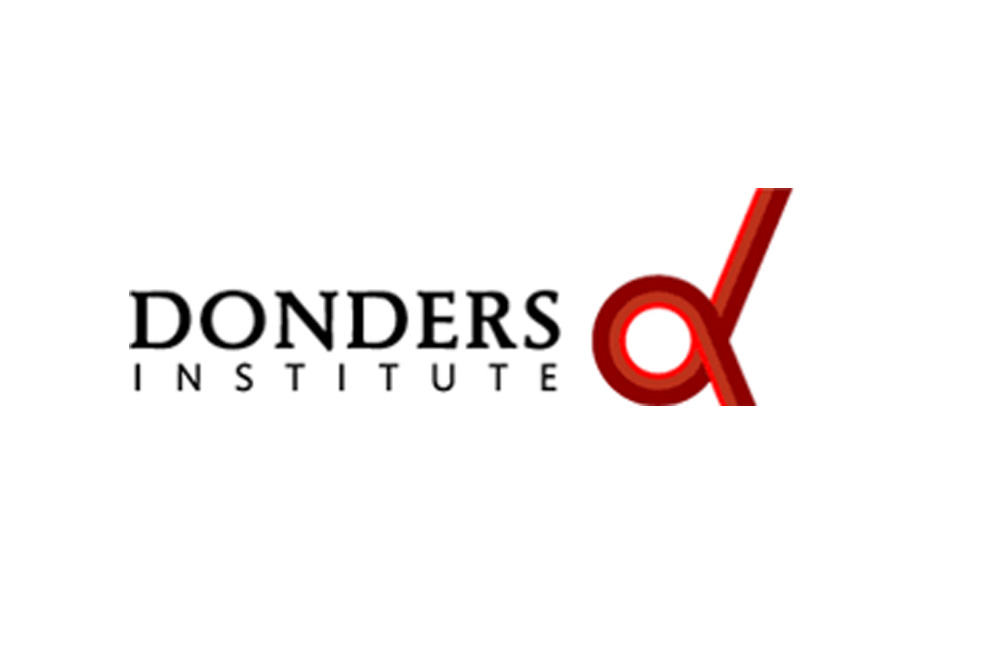
This course collection provides in-depth knowledge about non-invasive brain stimulation (NIBS) techniques, including transcranial ultrasonic stimulation (TUS), transcranial magnetic stimulation (TMS), and transcranial electrical stimulation (TES). In the ‘Fundamentals’ course we cover key concepts relevant to all NIBS modalities. Next, we dive into specific modalities in two sets of courses, one devoted to ultrasonic neuromodulation (TUS) and one devoted to the electromagnetic domain (TES & TMS). In each set, we provide three courses: a sneak peek, foundations, and a deep dive. This promotes learning tailored to the learner’s goals and prior experience. In the ‘sneak peek’, we introduce the technique and give an overview of its applications. In the ‘foundations’, we delve into the theoretical and practical considerations for designing, planning and safely running a non-invasive brain stimulation study. This level includes demo videos from the lab that explain the setup and basic steps of a NIBS session. In the ‘deep dive’, we tackle more advanced biomechanisms of NIBS, and introduce cutting-edge approaches that are pushing the limits of NIBS. This course collection provides a strong theoretical foundation for NIBS, whether you want a quick overview, start your own studies, or want to hear the latest insights. If you are planning to use non-invasive brain stimulation techniques yourself – this collection is best accompanied by in-person training to acquire hands-on expertise.
Courses in Campus+
Number of courses: 7-
Non-invasive brain stimulation (NIBS) fundamentals Level: IntroductoryUniversity: Radboud University
General introduction to non-invasive brain stimulation (NIBS), and cover key concepts like circuits, plasticity, state-dependency and safety
-
Transcranial Ultrasonic Stimulation (TUS) – sneak peek Level: IntroductoryUniversity: Radboud University
General introduction to non-invasive brain stimulation (NIBS), and cover key concepts like circuits, plasticity, state-dependency and safety
-
Tanscranial Ultrasonic Stimulation (TUS): Foundations Level: IntermediateUniversity: Radboud University
The goal of this course is to provide the audience with the knowledge required to design and perform transcranial ultrasonic stimulation (TUS) experiments
-
Transcranial Ultrasonic Stimulation (TUS): Deep dive Level: AdvancedUniversity: Radboud University
Deep dive into biomechanisms and new opportunities in transcranial ultrasonic stimulation (TUS)
-
University: Radboud University
Introduction to transcranial magnetic stimulation (TMS) and transcranial electric stimulation (TES) to those who are new to the field of non-invasive brain stimulation (NIBS)
-
University: Radboud University
The goal of this course is to provide the audience with the knowledge required to design and perform transcranial magnetic stimulation (TMS) and transcranial electric stimulation (TES) experiments.
-
University: Radboud University
This course provides a deep dive into biomechanisms and new opportunities in transcranial magnetic stimulation (TMS) and transcranial electric stimulation (TES).
Courses in TrainingSpace
These are non-credit courses on the INCF TrainingSpace.
Number of courses: 2-
Whole-Brain Modelling Level: 2 MediumThis course introduces participants to the various spatial scales of neuroscience and the fundamentals of whole-brain modelling, used to generate a more thorough picture of brain activity.
-
Calcium Imaging Level: 2 MediumIn this course, you will learn about working with calcium-imaging data, including image processing to remove background "blur", identifying cells based on threshold spatial contiguity, time-series filtering, and principal component analysis (PCA). The MATLAB code shows data animations, capabilities of the image processing toolbox, and PCA.
Courses in Learn Gala
These are non-credit courses on the Learn Gala.
Number of courses: 1-
Visualizing extracellular neuotransmitter dynamics Level: 2 MediumIn this recorded lecture, Prof. Dr. Christian Henneberger (University of Bonn) will talk about visualizing extracellular neuotransmitter dynamics. His research group focuses on the interactions of neurons and an abundant subtype of glia (astrocytes), in the hippocampus.



